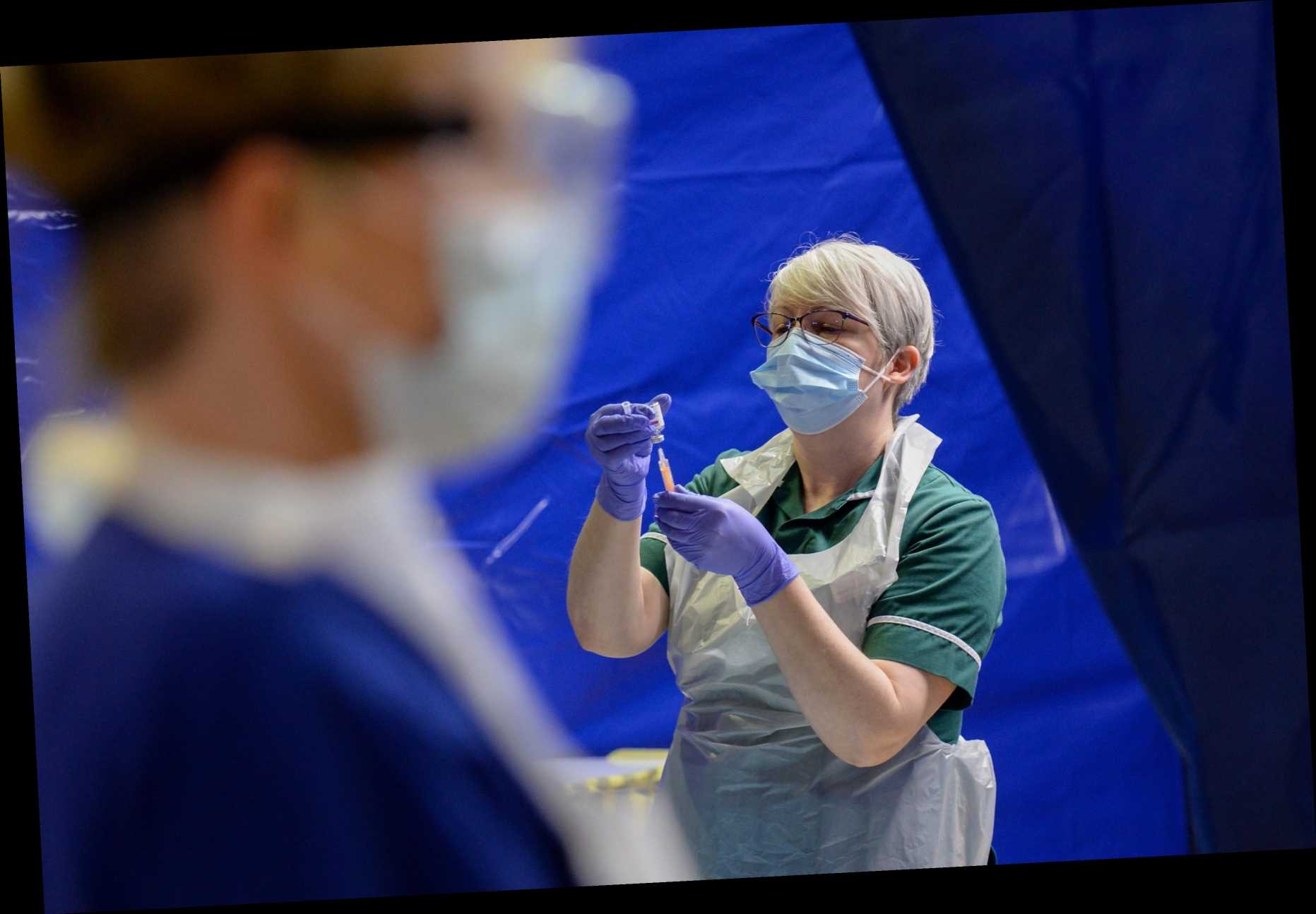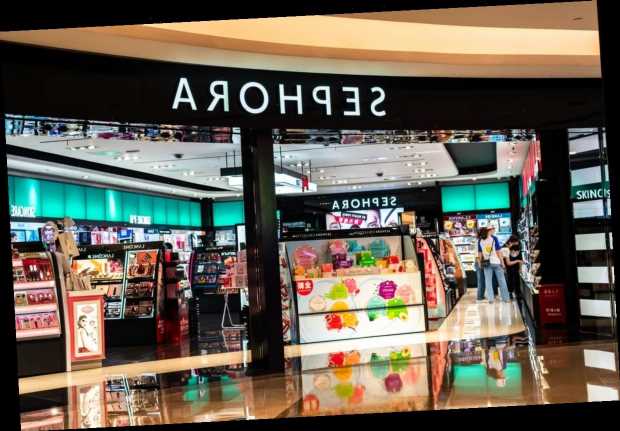Was France’s Belle Epoque really so belle?
A high-end, crafted slice of 1899 Parisian Noir unspooling as the capital seethes with anti-Semitism, violence, riots, conspiracy and the customary women’s subjugation of the age, Canal Plus Création Originale “Paris Police 1900” offers a different take to painter Pierre-Auguste Renoir.
The past, moreover, is no foreign country. In its bracing violence, gritty street settings, scenes of torrid racism – courtesy of France’s real-life Anti-Semitic League, and multiple iterations of gender abuse – the period serial killer thriller delivers a vision of Belle Epoque Noir which reverberates down to the modern day.
Created and written by France’s Fabien Nury, a celebrated graphic novelist (“I Am Legion,” “Il était une fois en France”) the eight-part series offers a candid take on a tumultuous time. “Paris Police 1900” kicks off with true scandal: Felix Faure, president of the French Republic, collapsing and dying after being intimately pleasured by his lover Meg Steinheil.
As anti-semitism rages in Paris – a young newspaper seller is viciously beaten by Anti-Semitic League leader Jules Guérin for merely selling the liberal paper “L’Aurore,” with an article by Emile Zola – a young woman’s torso is found in a suit-case floating down the Seine.
Based out of the Paris Prefecture, its police H.Q., Antoine Jouin, an ambitious but principled young inspector volunteers to investigate – and begin to put together the pieces behind the woman’s death, stumbling on far more evil than a single psychopath.
A Studiocanal banner title at NATPE Miami that is set to bow on Canal Plus in the coming weeks, “Paris Police 1900” is a big swing, even by the French pay TV giant’s standards, season one being budgeted at a reported €16 million ($19.4 million). With the second season in development, it also has the makings of a signature show for Europe’s second biggest pay TV company. Variety talked to Nury and Françoise Guyonnet, Studiocanal executive managing director of TV, in the run-up to the show’s bow:
One hallmark of “Paris Police 1900” is the pervasive violence of a supposedly Belle Epoque. Can you comment?
Nury: Violence is a core element because the Belle Epoque, I discovered, was in fact a lot more violent than we think. The more I researched, the more I discovered a tremendous amount of political, criminal and domestic violence. I had to show it the way I saw it. From the get-go, this is not your regular serial killer drama. This is a crime story rooted in actual history. Research was the essence: Real characters and situations were of course much better than anything I could invent.
Your approach comes as there’s a growing nostalgia about things past…
Nury: What I like about this Noir approach to history is that it suggests that things were not better before. Yes, there’s a nostalgia about the past. But progress has been made since. This helps me to remain optimistic. Yesterday was hell but we survived. Maybe we can do something about today.
One key early scene pictures a young woman at the Préfecture explaining she’s there as a lawyer, representing a client. Except for Jouin, all the police officers present burst out in laughter….
Nury: When I started working on the series four years ago – a bit before #MeToo, I guess – the first thing I saw was an amazing level of injustice. It really shook me. In France, women were not allowed to vote until 1944. What happens when a part of the population has less rights? It’s always exploited, politically, economically, sexually. One of my main challenges was: What am I going to do for female characters? In the period you still had relevant, powerful, intelligent women that fight without rights to gain a place in society. My female characters – Meg Steinheil, the lawyer Jeanne – are real fighters, and that I loved.

Some scenes in “Paris Police 1900” are shot from no perceptible character point of view, or straight into window or door light, silhouetting the characters, comic book style. How much of a graphic novel sensibility carries over into the series?
Nury: Actually a lot. In a graphic novel, you’ve got to create movement via editing and framing, a lot of great graphic novels take their cue from cinema and “Paris Police 1900” adopts a cinematic approach. What I loved about this series is that the link between the writing and direction is much stronger than in some prior experiences I’ve had. The directors – Julien Despaux, Frédéric Bakekdjian and myself – really worked together. We used the same tools: Mostly one camera, which is not very usual; Cinemascope; dolly movements, and very, very little Steadicam.
What trends in contemporary high end European drama series production are exemplified by “Paris Police 1900”?
Guyonnet: I’d say three. Canal Plus Creations Originale productions are becoming more and more cinematographic, which is what markets are calling out for. Non-English language production is in ever greater demand and can be a really good example of a European series that can travel. Like Canal Plus’ “Spiral,” now in its eighth season, which had a very good run on BBC4, “Paris Police 1900” is a returning series – Canal Plus and Fabien have in mind at least four seasons. Like “Spiral,” each season will focus on a specific crime and topic. For me, “Paris Police 1900” is the new “Spiral.”
“Paris Police 1900” is said to have a budget of around €2 million ($2.4 million) per episode, very high for Europe outside the U.K.
Guyonnet: That’s a third trend – the creation of European content with high production values, large budgets and the potential to travel globally. We’ve already seen that with other Studiocanal series such as “War of the Worlds,” which was acquired by Epix for the U.S., “Possessions,” an HBO Max pickup, “Shadowplay,” which airs on Germany’s ZDF, and “ZeroZeroZero,” made for Amazon Prime.
The series is also post-Noir – relating evil not to the pathology of an individual but far broader social malaise….
Guyonnet: Yes it achieves a balance. On one hand, it’s a period thriller, based on true events and historical figures. Louis Lépine, the police commissioner, really existed. The young woman lawyer is inspired by France’s first female lawyer. The speeches come from real speeches. On the other, it’s extraordinarily contemporary in its focus on political violence, women fighting for rights and equality. It is very modern, resonating with the world we’re living in.

Source: Read Full Article

